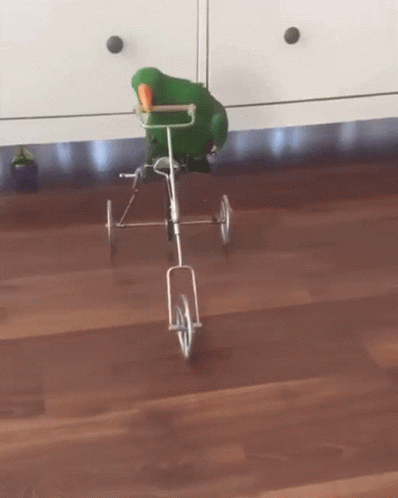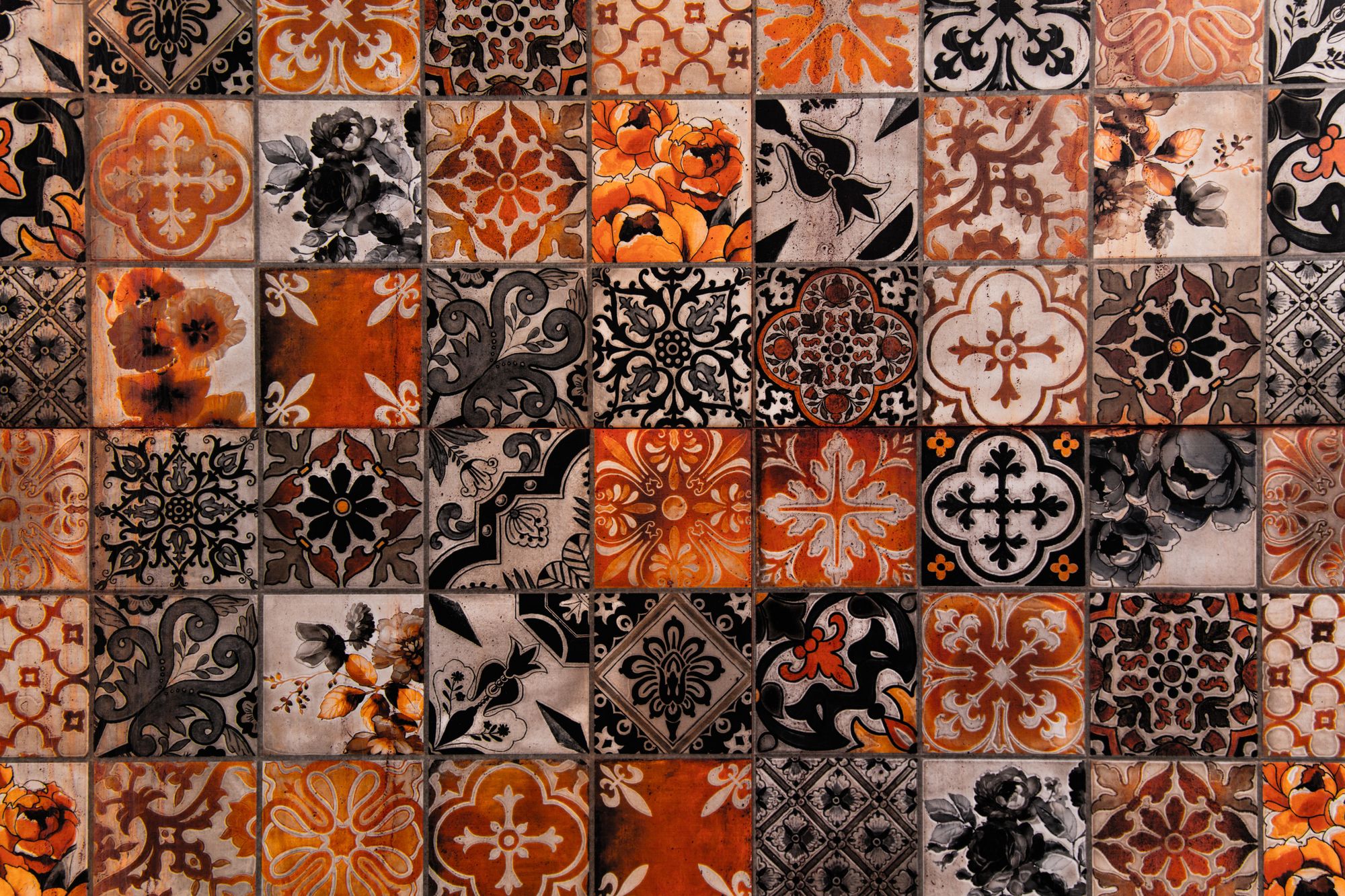How Do We Learn - Memory
What is memory, what different types of memory processes are at play, and how can this knowledge help us become better learners.

Welcome to my series about how to learn.
Isn't it absurd that we're expected to learn and study and learn and repeat for such a significant part of our lives but we're never taught how to do it? What happens in our brain when we learn? what does it even mean to learn something? Well, I believe it is absurd and I have set out on a journey of learning how to learn and I'll be sharing it with you here. This is all because I have some many Naive Fascinations that I need a scientifically-backed approach to learn and retain them so they become a part of me.
This will be a series that will cover the following topics related to learning: Memory, Time, Focus, Emotions, Body, and Language. I will also publish a parallel series implementing the acquired knowledge to practical techniques on learning how to play classical pieces on the piano.
What you will find here:
- How a memory is created
- Different types of memory processes
- Clustering memory
- How to memorize effectively
And without further ado, here is memory, how it works and how to use it to become a better learner.
1. How a memory is created?
Let's begin from looking at our brain's "Working Desk", also known as our Short-term memory or working memory. Our working desk can only hold a limited number of items, and in addition to it being able to hold just a few items, the moment we look away for longer than a few minutes the items that were there just a moment ago, have already disappeared. This is a temporary space with thoughts that we are having right now, this space allows thinking. To keep the items on our working desk we need to actively engage with them or lest they disappear.
To learn something, or to remember it for the long term so we can access it and use it later, the items on our working desk need to be transferred to the Long-term memory, to the "Storage Room". When pieces of information are transferred to the storage room, connections are made between the new piece of information and other items that are already stored in long term. These connections are what allows us to learn and understand meaning as opposed to just remembering something. The transfer from short term to long term is called Consolidation and what facilitates it to happen is the active engagement with the information in the short term memory. From time to time we want to access the information stored in long term and use it, and this is called Recall.
The 5 steps of how memory works
No. 1) Encoding: This is an initial process of inputing information into the short-term memory. It begins with registering information that is recieved by our senses and transmitted to the brain where the information is processed in specialized pathways to convert the information into electrical and chemical signals that travel through the brain. At the end of this process, new synapses will be created between neurons, or existing ones will strengthen or weaken.
No. 2) Short term memory: A cognitive mechanism that allows to manipulate information and use information, it's available for us for a short time - seconds to just a few minutes.
No. 3) Consolidation: A chemical and physical process through which encoded information in the short term memory is transferred to long term.
No. 4) Storage in Long Term Memory: A cognitive mechanism that stores information for long periods of time, when we remember something it's imported back to our working memory where changes can be made to the memory.
No. 5) Recall: Import of information from the long term storage to the working memory with the goal of utilizing it for our use or modifying it.
If you have something on the tip of your tongue that you can't remember - this is trouble with recall.
Well, Long-term memory storage is a network of neurons in the brain. There are items that have many connections between them while others are sparse and weak. Just like in a real storage room - items can pile up on top of each other and it can be difficult to find items that are hidden under the piles if there aren't many paths leading back to them.
To allow good recall we need to get good at making these connections and categorizing the items in our ״storage״. But before we learn how to do that, let's remind ourselves that memories are not actual items in a storage room organized on shelves but complex, flexible, living structures of neuron cells. At a high level, memories are a combination of knowledge we acquired from the outside world, our expectations of this knowledge, and our personal biases connected to it.
2. Different types of memory
There are some things that are really hard to forget, like riding a bike. We even have a saying, it's something you can't forget - it's like riding a bike. Such things include walking, playing an instrument, reading, holding a cup, tying shoe laces. This is when we remember "how" to do something.
This type of memorization is called a Procedural Memory. To activate it we need to repeat a certain action many (many x 10) times, but when it's finally learned it will require little effort to recall and will stay with us for a long time. The advantage of this kind of memory is that we can do something without thinking about it. If we stop a person in the middle of reading, the person doing the action won't even be able to explain exactly how he did it and will be able to get back to reading without an effort.

Not all types of learning can be utilized with procedural memory. Learning known facts about what was and what one did and other facts about different subjects in life requires a different type of memorization process -Declarative Memory. With declarative memory it might seem easy to remember things, but active effort is required to remember them for the long term.
Understanding these different types of memory mechanisms can help us understand how to learn more effectively. Musical instrument players for example are utilizing both procedural memory to remember how to move the fingers between the keys to produce certain sound combinations at a certain tempo and declarative memory that requires effort to remember the piece of music to be played.
3. Clustering memory
Do you remember your phone number?
How do you say the numbers when asked for it?
Chances are, you pronouce the numbers in groups and it's not by chance. Remembering structured data is easier because this is how we "organize" and "catalog" the information in our "storage" that is the long-term memory. The example of a phone number is a simple one, where the numbers are grouped based on their order but more-often we group pieces of information based on meaning.
When information is scattered and not grouped based on some principle it is very hard to grasp and easy to forget. Grouping information is also called Chunking, and it works because chunking translates to a neural network clusters, and when it's activated by trying to access a piece of knowledge, we get access to everything that is intervined inside. In this way, it is enough to remember the idea that the cluster represents to access it's contents through the neural connections. This approach helps both to consolidate memories and to recall them with more ease at a later time.
How to create clusters?
Well, our memories are already organized into neural network clusters of meaning that create schemas. When learning something new we can choose a cluster to connect it to using a certain logic. This logic will be the glue that ties the new information to an existing cluster. It can be an historic logic, movement logic, musical logic, mathematical logic etc. In order to find these logical connections, an exposure to the big picture of the compound/topic we are learning is essential. Without some familiarity with the topic at hand we won't be able to spot the rationale that separates it into pieces. Without the big picture, we won't ask ourselves: What clusters to create? How do they relate to each other? and why do they connect? Learning on separate pieces without making these connections won't lead to a satisfactory result and is ultimately a waste of time - it's like assembling a puzzle without knowing what the finished picture will look like. It is recommended to research a number of different approaches to a certain topic before going deep into a single approach. Or read the table of contents of a book before begining to read specific chapters. These two processes are called top-bottom and bottom-up. Dynamically interchanging them will allow us to acquire the knowledge of how to divide something into clusters. Top-bottom and bottom-up are the two main cognitive processes in information processing. Interchanging both of them helps create clusters and strengthen the memory.
These types of videos communicate how hard it is to make connections and sense out of separate parts of something without taking a glimpse at the big picture first
The difference between beginners and professionals is in the number of clusters these people have. Proffessionals have many clusters that are interconnected between many topics, this allows to recognize patterns and use information from a different topic to solve a problem at hand.
4. How to memorize effectively?
For the infomation to leave a strong imprint in our memory, we need to come back to it multiple time. But in most cases it is totally unproductive to expose yourself to that information in a passive manner (rereading, relistening over and over again). Frequent passive exposure to information can create an illusion of learning. Sometimes we think that we've already seen something so many times that we must definitely remember it, but the moment we try to recall and implement the information we're not successful. This is because there isn't a strong enough connection to the cluster in our long term memory storage room. There is a gap between encoding something into memory and the consolidation of the information.
To make sure that the memories are going through consolidation we need to follow these two principles that have to do with the introduction of desirable difficulty to the learning process:
1) Retrieval Practice - it's important to recall the memories in an active manner during the learning process and test ourselves. There may come a moment when we encounter the discouraging gap between the passive exposure to actually implementing the information and this is a good thing, this gap means that we are making an effort to rehearse the path to reaching the learned information. This active work of recalling and self-testing should be done multiple times but not in a binge manner during a single sitting or on the same day. This process should be repeated with strategic breaks that will be covered thoroughly in the article on the topic of time in learning.
2) Interleaving - The second principle has to do with the order in which we learn and recall information. When we try to learn similar concepts that are all from the same cluster it may become difficult to recall that information out of the context. It does not take enough cognitive effort to remember something that highly relates to many pieces of information we already learned. To overcome this effect, it is recommended to make it harder on ourselves using the concept of interleaving. Instead of learning many pieces of information consequently it is recommended to learn pieces of information from different clusters in between, to interleave our learning of different topics. When doing this the chance of remembering information long term and the chance of recalling it under different contexts and situations increases.

Summary:
- How a memory is created: There is a difference between thinking about something and consolidating it into long term memory.
- Different types of memory processes: There are 2 types of memorization processes: procedural and declarative. Procedural - Some things can be learned by repreating them many times, in this process the learning is implicit. Declarative - There are other things such as facts and various details that have to be explicitely learned to be remembered.
- Clustering memory: It is hard for our brain to learn out of context, to memorize and learn effectively we need to actively learn to understand how different peices of information relate to each other by thinking about them up-bottom and bottom-up.
- How to memorize effectively: Too much context is also not good for learning as at some point the information becomes too similar and it's not an active effort to make connections which means it's not effectively connected in the brain as well. Strategic self testing is recommended to practice reaching the information (recalling). Learning only in regard to context can also lead to trouble with recalling the information out of context, also - making connections between different topics is also important to become a better thinker. Thus, interleaving different topics (different clusters) is recommended for effective learning as well.
References and Further Reading
- "Learn how to Learn" course from Tel Aviv University (link)
- Roediger, Henry L., and Jeffrey D. Karpicke. “Test-Enhanced Learning: Taking Memory Tests Improves Long-Term Retention.” Psychological Science, vol. 17, no. 3, 2006, pp. 249–55. JSTOR, http://www.jstor.org/stable/40064526. Accessed 18 Aug. 2023.
- Procedural-Memory, Working-Memory, and Declarative-Memory Skills Are Each Associated With Dimensional Integration in Sound-Category (link)
- Teaching with Learning in Mind Blog by Efrat Furst, amazing resource with clear and in-depth explanations of the topics covered here and much more (link)
- Read more about active learning and memorization strategies on this blog post by Zapier (link)
